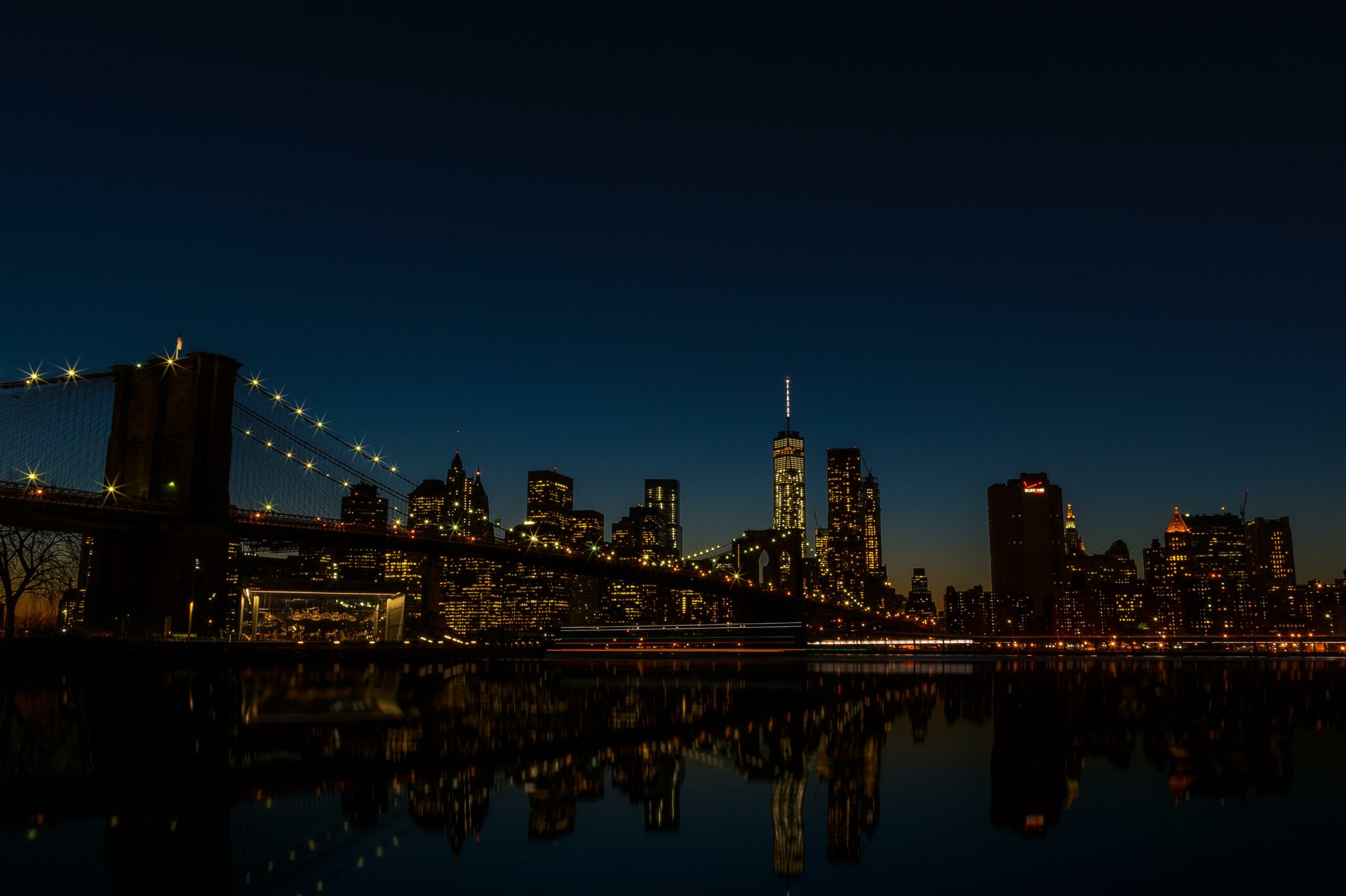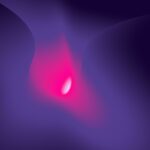Indigo dye, a timeless pigment that has bewitched artists and craftsmen for centuries, holds a mysterious allure waiting to be unraveled. As a seasoned textile scientist with a fascination for color, I have dedicated countless hours to understanding the properties and intricacies of this captivating dye. In this article, we will delve into the enigmatic world of indigo, exploring its secrets and unveiling the endless possibilities it holds for textile applications. Prepare to be captivated by the alluring properties of indigo dye as we embark on a journey into its mesmerizing depths.

Properties of Indigo Dye
As a seasoned textile scientist with a passion for indigo dye, I have delved deep into its properties and uncovered a world of captivating characteristics. Indigo dye is not just a color; it is an enigma that holds secrets waiting to be unveiled. Let’s explore the remarkable properties of this timeless pigment.
Solubility
Indigo dye exhibits fascinating solubility properties. It dissolves effortlessly in nitrobenzene, phenol, chloroform, and glacial acetic acid. However, when it comes to water, ethanol, acetone, ethyl acetate, and pinene, indigo dye resists dissolution. It maintains its integrity and refuses to be swayed by solvents. This unique property adds to the mystery of indigo dye.
“Indigo dye dances seductively with certain solvents, while steadfastly resisting the others.”
Absorption Max
Imagine a peak of intensity that captures the essence of indigo dye. At 599 (in xylene), indigo dye attains its absorption max, showcasing its brilliance and depth. This peak is like the crescendo in a symphony, drawing your attention and mesmerizing you with its beauty.
Lightfastness
Indigo dye boasts an ISO R105 Lightfastness Classification of 3-4. This means that it possesses a moderate level of resistance to fading when subjected to light exposure. Unlike colors that may rapidly lose their vibrancy, indigo dye stands strong against the test of time, remaining steadfast and captivating.
“Indigo dye, a guardian of its own hue, defies the sun’s relentless pursuit to fade its charm.”
Microscopic Revelation
Under the microscope, indigo dye reveals its true essence. Its tiny particles, fine and translucent, present themselves as a sea of rounded, dark blue gems. These delicate particles possess a weak birefringence, casting a mesmerizing spell on the observer. When viewed through a Chelsea filter, they transform, appearing in hues of red, adding an element of surprise and intrigue.
Physical Form and Solubility
Indigo dye manifests itself as a captivating blue powder, luring you into its world of color. From a structural standpoint, it is odorless and slightly soluble in water, ethanol, glycerol, and propylene glycol. However, it remains insoluble in oil, firmly maintaining its purity. This distinct characteristic adds to its allure and endless possibilities.
“Indigo dye, a tantalizing blue powder, reveals its true mystery by defying the boundaries of solubility.”
Applications and Historical Significance
Indigo dye has a rich historical significance, dating back thousands of years. It has been used as a dyeing agent for cotton yarn in the production of denim cloth and blue jeans, leaving an indelible mark on the fashion industry. In smaller quantities, it also finds purpose as a dye for wool and silk. Furthermore, indigo carmine, a derivative of indigo, serves as a colorant and food colorant, further highlighting its versatility.
“Indigo dye, a timeless pigment, has been an integral part of our history, shaping the world of fashion and color as we know it.”
In summary, the captivating properties of indigo dye pave the way for endless creative possibilities. Its solubility characteristics, microscopic allure, absorption max, and lightfastness classification make it a true masterpiece among pigments. With its rich historical significance, indigo dye continues to inspire and captivate us, bridging the gap between science and art.
“Indigo dye, a true wonder of nature, offers itself as a vibrant canvas for humans to weave their stories upon.”
Indigo dye has a fascinating history and a rich cultural significance. If you’re curious about the origins and properties of this captivating pigment, look no further. Our website offers a comprehensive collection of facts about indigo dye that will make you see this color in a whole new light. Discover the secrets behind its mesmerizing shades and learn about its use in textile traditions around the world. Ready to dive into the world of indigo? Click here to explore our intriguing collection of facts about indigo dye: facts about indigo dye.
FAQ
Question 1
What are the solubility properties of indigo dye?
Answer 1
Indigo dye is soluble in nitrobenzene, phenol, chloroform, and glacial acetic acid. However, it is insoluble in water, ethanol, acetone, ethyl acetate, and pinene.
Question 2
What is the absorption max of indigo dye?
Answer 2
The absorption max of indigo dye is 599 (in xylene).
Question 3
What is the ISO R105 Lightfastness Classification of indigo dye?
Answer 3
The ISO R105 Lightfastness Classification of indigo dye is 3-4, indicating moderate to good lightfastness.
Question 4
What microscopic properties does indigo dye exhibit?
Answer 4
Microscopically, indigo dye appears as fine, translucent dark blue, rounded particles that are weakly birefringent. They appear red under a Chelsea filter.
Question 5
What are the applications of indigo dye?
Answer 5
Indigo dye is commonly used as a dye for cotton yarn in the production of denim cloth and blue jeans. It is also used as a dye for wool and silk in smaller quantities. Additionally, indigo carmine, a derivative of indigo, is used as a colorant and food colorant.
- Unlock Water’s Symbolism: A Cross-Cultural Exploration - April 20, 2025
- Identify Black and White Snakes: Venomous or Harmless? - April 20, 2025
- Unlocking Potential: Origins High School’s NYC Story - April 20, 2025















